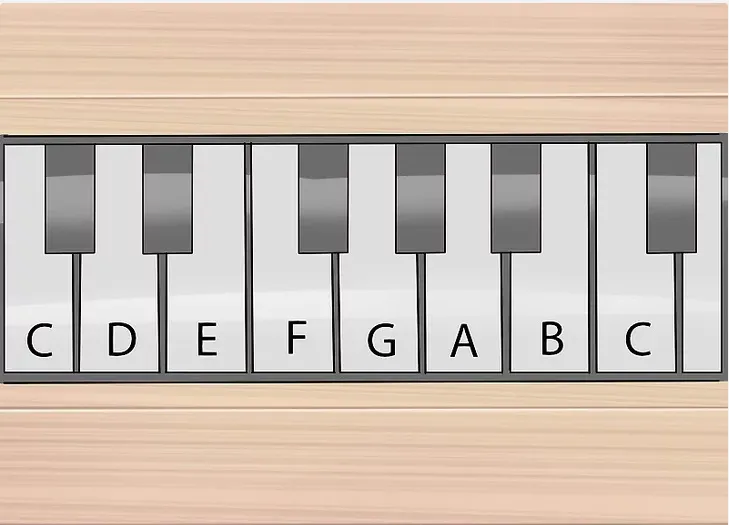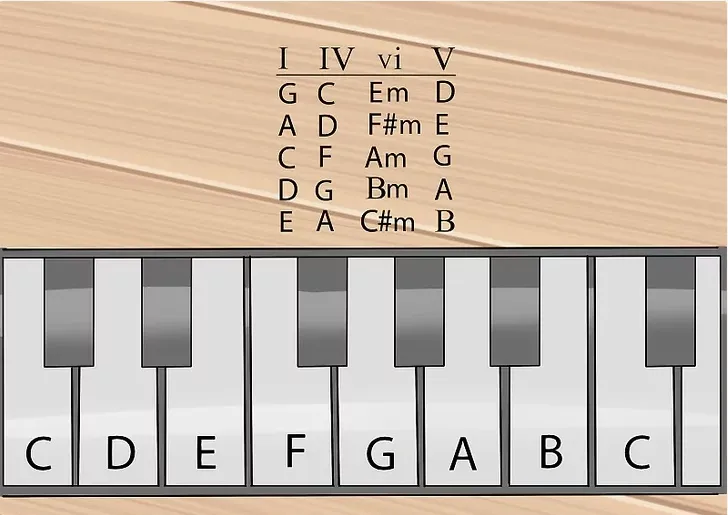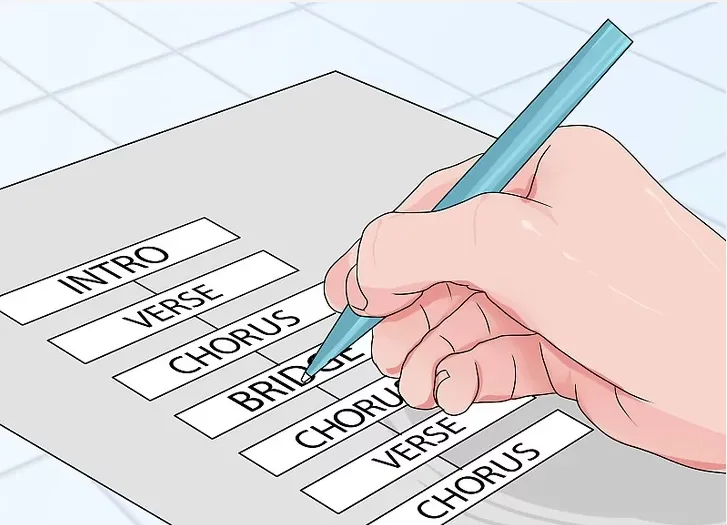Learning Piano
Crafting Your Own Piano Composition
Crafting Your Own Piano Composition
Embracing the piano as a means of expression offers a fulfilling way to bring your musical ideas to life. Composing a song for the piano, while challenging and demanding patience, ultimately leads to a deeply rewarding experience.
Igniting Your Creativity 
- Selecting a Genre: Decide the genre that inspires you, be it pop, classical, or country. Immerse yourself in listening to various examples to grasp their essence, paying attention to rhythm, structure, and chord progressions to guide your own composition.

- Finding Your Theme: Reflect on what you are passionate about or wish to convey through your music, whether it’s a romantic piece or a reflection on a historical event. Ensure the theme resonates with you personally, providing an emotional core to your work.

- Setting the Tone: Consider how you want listeners to feel. Choose a tone that aligns with your message, whether it’s the joy of a new relationship or the solemnity of loss, to influence your musical choices.

- Crafting a Title: Stay alert for title ideas from various sources like literature, conversations, or daily observations. A compelling title or metaphor can significantly impact your song’s identity.

- Developing a Melody: Experiment on the piano to discover a melody that captures the intended emotion of your piece. Start simple, allowing room for expansion and refinement.
Structuring Your Composition 
- Preparing Your Workspace: Utilize blank music staff paper or digital notation software to sketch your ideas. A clean, structured workspace aids in organizing your musical thoughts.

- Choosing a Time Signature: The time signature frames the rhythmic structure of your song. Common time (4/4) is widely used, but consider what best suits your composition’s pace.

- Establishing a Key Signature: Decide on the key based on the sharps and flats that suit your melody. The key sets the tonal foundation and mood for your piece.

- Formulating a Chord Progression: A coherent chord progression provides structure. Explore different progressions, such as the versatile Nashville progression, to find one that complements your melody.

- Creating a Chorus: Design a catchy and memorable chorus to serve as the cornerstone of your song, embodying its main theme and emotional peak.

- Writing Verses: Verses should narrate your song’s story or themes, leading seamlessly into the chorus. Maintain a cohesive musical and lyrical flow throughout.

- Designing a Bridge: Introduce a bridge to offer contrast and keep the listener engaged. This section should stand out in both melody and rhythm.
Bringing It All Together 
- Transcribing Your Song: Map out your melody and chords, allocating the treble clef for the melody and the bass clef for rhythm and harmony.

- Finalizing the Structure: Arrange the song sections in a compelling order, ensuring a natural flow and progression from start to finish.

- Creating an Intro: Compose an engaging intro that sets the tone and invites the listener into the song’s narrative.

- Experimenting and Revising: Play through your composition, adjusting dynamics and expression to refine its character and impact.

- Adding Lyrics: If your song calls for it, write lyrics that complement the melody and deepen the song’s emotional resonance.
Sharing Your Creation 
- Practicing Your Piece: Master your composition through dedicated practice, focusing on expression and technical precision.

- Gathering an Audience: Start by sharing your work with a supportive circle before expanding to broader venues or platforms.

- Performing with Confidence: Embrace the opportunity to share your creativity, using any nervous energy to enhance your performance.

- Welcoming Feedback: Be open to constructive criticism to refine your song further, balancing external opinions with your artistic vision.
Composing a song for the piano is a journey of exploration and self-expression, culminating in the joy of sharing your musical creation with others.
